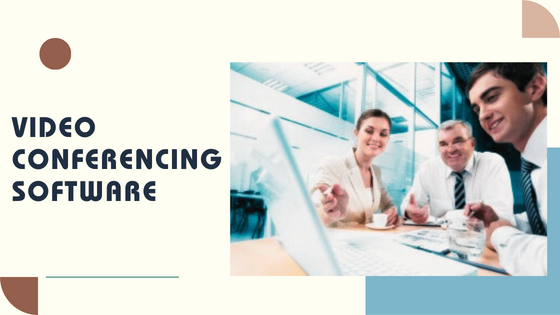Understanding SaaS Boilerplates: The Foundation for Software-as-a-Service Applications
Software-as-a-Service, or SaaS, is at the heart of the new digital world. It’s a revolutionary delivery model that has changed the way software companies do business, and it’s giving rise to a completely new kind of technology start-up. While developing a SaaS product from scratch can be a daunting task, there’s a solution that offers a great head start: SaaS Boilerplates.
What are SaaS Boilerplates?
SaaS Boilerplates are essentially starters or pre-made templates that provide a ready-made foundation to build a SaaS product. Just as a boilerplate text is a standard piece of text used regularly without significant changes, a SaaS Boilerplate serves as a starting point that can be reused over and over without the need for modification.
The Benefits of SaaS Boilerplates
SaaS Boilerplates offer numerous advantages that make them ideal for developing new SaaS products. Here are some of the key benefits:
- Time and Cost Savings: Developing a SaaS product from scratch is time-consuming and expensive. SaaS Boilerplates, on the other hand, save significant time and money by providing a pre-built, fully functional basic structure.
- Rich Features: SaaS Boilerplates typically come loaded with essential software features like user authentication, subscription management, and integration with payment gateways. This drastically reduces the need to build these features from scratch.
- Secured and Well-tested: Since boilerplates are frequently used and reused by different teams in various scenarios, they are usually well-tested and secure.
- Ease of Customization: SaaS Boilerplates are designed to be extensible, allowing developers to easily customize and expand the provided functionalities to suit individual project requirements.

Selecting the Right SaaS Boilerplate
While SaaS Boilerplates offer fantastic benefits, choosing the right one is critical. Selecting a boilerplate should depend on factors like the technology stack, desired features, familiarity with the codebase, and the community support behind the boilerplate.
Conclusion
In a rapidly evolving digital landscape, SaaS Boilerplates are becoming a game-changer. They are designed to expedite SaaS product development and enable companies to release functioning software quickly and at a lower cost. However, it’s important to research and consider carefully which boilerplate to use according to specific needs and requirements.
To conclude, SaaS Boilerplates are not just a trendy concept, they are a powerful tool for any software company or start-up looking to build robust and scalable SaaS applications. They offer a brilliant blend of efficiency, security, and extensibility, which are key requirements for any SaaS product. SaaS businesses that leverage these boilerplates can potentially save significant time and resources, and instead focus more on differentiating themselves in the market.








